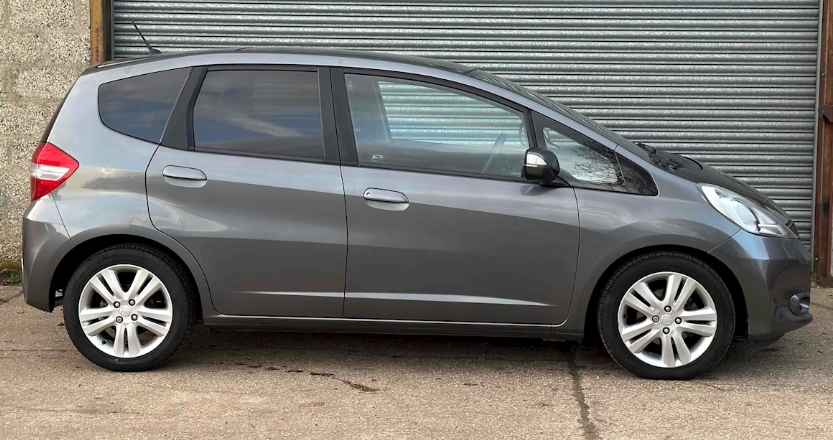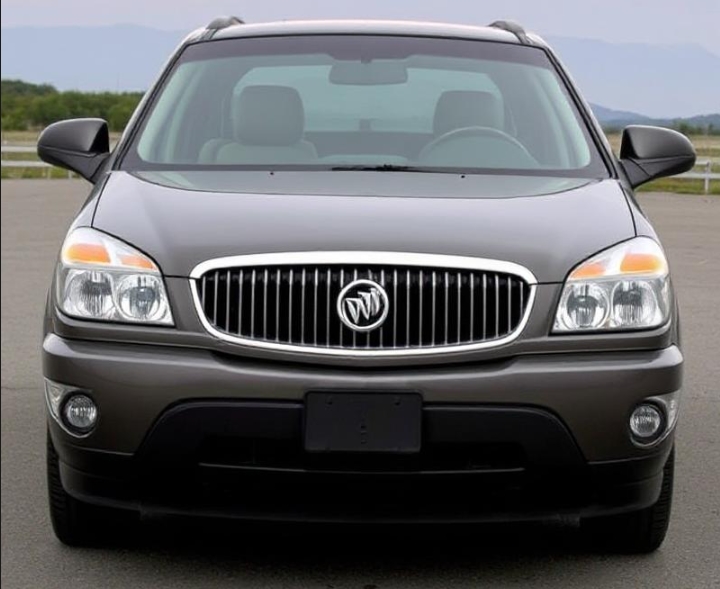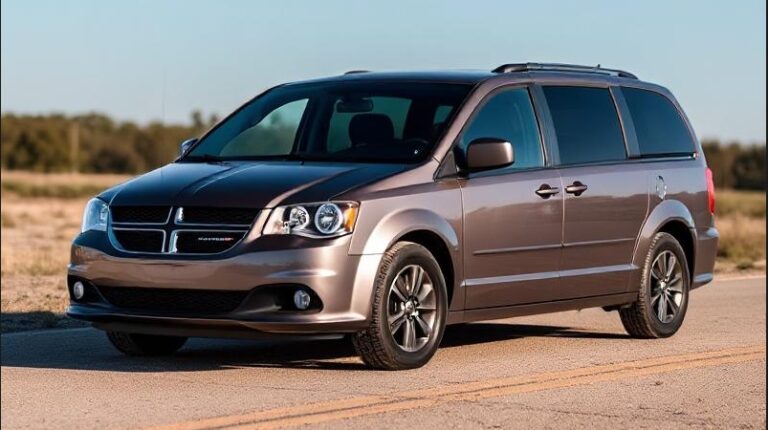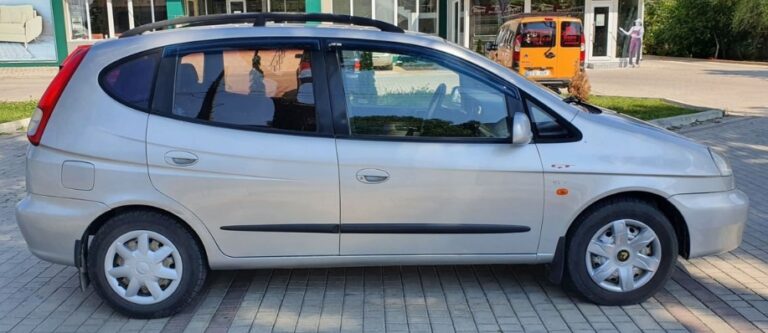The Evolution of the Honda Jazz
The Honda Jazz, known as the Honda Fit in some markets, is a subcompact car that has garnered global popularity since its inception. Renowned for its versatility, efficient use of space, and reliable performance, the Jazz has evolved significantly since its debut, adapting to changing consumer preferences, technological advancements, and regulatory standards. This article provides a detailed, factual overview of the Honda Jazz’s evolution, including its production years, model variants, and trim levels across different generations.
First Generation (GD; 2001–2008)
Introduction and Development
Launched in Japan in 2001, the first-generation Honda Jazz, designated as GD, marked Honda’s entry into the subcompact hatchback segment with a focus on innovative interior packaging and flexible seating arrangements. It was built on Honda’s Global Small Car platform, sharing components with other Honda models like the City and Honda Civic.
Production Years: 2001–2008
Market Launch and Variants
The GD Jazz was introduced in various markets, including Japan, Europe, and North America, with some differences in specifications and trim levels.
Key Features & Variants:
- Japan: The initial Japan-spec model was available with multiple trims, including the F, L, and X grades, offering varying levels of equipment and features.
- Europe: Known simply as Honda Jazz, offered trims like S, SE, EX, and Sport in some markets.
- North America: The Jazz was not sold directly; instead, the North American market received the Honda Fit, which was essentially the same vehicle with different badging.
Powertrain Options:
- 1.2L SOHC i-DSI (Japan and Europe)
- 1.3L SOHC VTEC (Europe)
- 1.4L i-DSI (some markets)
- 1.5L i-VTEC (later in the model’s lifecycle)
Design & Features
The first-gen Jazz was praised for its “Magic Seat” system, allowing rear seats to fold flat or flip up to accommodate tall items, and for its spacious interior relative to its compact exterior dimensions.
Second Generation (GD/GE; 2008–2014)
Introduction and Development
Unveiled in 2008 at the Paris Motor Show, the second-generation Jazz (also called Fit in North America and some other markets) refined the original’s design, offering improved interior quality, better ride comfort, and advanced safety features.
Production Years: 2008–2014
Design & Market Variants
- The second-gen Jazz was manufactured globally, with production plants spanning Japan, the UK (Swindon), and other countries.
- The model received a facelift in 2011, which included styling updates and new features.
Trim Levels & Features (varied by region):
- Japan: Basic, L, G, X, RS trims
- Europe: S, SE, EX, Sport, Hybrid
- North America: The Fit was the main variant, with trims like Base, Sport, EX
Powertrain and Efficiency:
- 1.2L i-VTEC (Japan, Europe)
- 1.3L i-VTEC (Europe, some Asian markets)
- 1.5L i-VTEC (more powerful variants)
- Hybrid Version: Introduced in 2010 as the Honda Fit Hybrid (Japan), offering improved fuel economy.
Features & Innovations:
- Improved Magic Seat system with multiple configurations
- Enhanced safety with stability control, ABS, and airbags
- Introduction of a Hybrid model in select markets
Special Editions:
- Jazz Sport – sportier trim with additional styling cues and features
- Hybrid variants with unique badge and eco-friendly features
Third Generation (GK/GP; 2013–2020)
Design & Development
Debuted in 2013 at the Tokyo Motor Show, the third-generation Jazz (also called Fit globally) shifted toward a more modern aesthetic with sharper lines, a more spacious interior, and increased focus on efficiency and safety.
Production Years: 2013–2020
Global Variants & Market-Specific Models:
- Launched in Japan, Europe, Asia, Australia, and North America (as Fit), with some markets receiving unique trims and features.
Model & Trim Offerings:
- Japan: G, L, RS, Hybrid trims
- Europe: S, SE, EX, Sport, Hybrid
- North America: LX, Sport, EX
Powertrain Options:
- 1.3L i-VTEC
- 1.5L i-VTEC (more common in North America)
- Hybrid: Updated Honda Fit Hybrid with a 1.5L Atkinson-cycle engine paired with Honda’s two-motor hybrid system
Key Features & Innovations:
- Redesigned Magic Seat with even more configurations
- Increased cargo capacity
- Advanced safety features including Honda Sensing suite (in some markets)
- Improved ride quality and handling
Special Editions & Trim Levels:
- RS – sportier styling, often with larger alloy wheels, sport-tuned suspension
- Hybrid versions with distinctive badging and eco-oriented features
- LX, EX, Sport, and Touring trims in North America, each with varying levels of features such as sunroofs, infotainment systems, and advanced safety tech
Fourth Generation (GK/GA; 2020–present)
Introduction & Design Philosophy
Unveiled in 2020, the fourth-generation Honda Jazz (GA in some markets) continues Honda’s focus on maximizing interior space, fuel efficiency, and incorporating new technology. It features a more refined design with a focus on aerodynamics and modern aesthetics.
Production Years: 2020–present
Market Launch & Variants:
- Launched globally, including Asia, Europe, and Australia
- North America continues to use the Fit nameplate; some markets do not offer the latest model yet.
Model & Trim Levels:
- Europe & Asia: S, SE, SR, RS, HYBRID (e:HEV) variants
- Australia: Jazz Ascent, Jazz Vibe, Jazz Crosstar (crossover style)
- North America: The Fit is reintroduced with trims like LX, Sport, EX, and some markets have hybrid options.
Powertrain & Technologies:
- e:HEV Hybrid System: Incorporating Honda’s latest two-motor hybrid technology, delivering improved fuel economy and smooth operation
- Petrol Engines: 1.5L i-VTEC in some markets, paired with CVT transmissions
Features & Innovations:
- Advanced driver-assistance systems (Honda Sensing)
- Improved infotainment with larger screens and connectivity
- Enhanced safety features
- The Crosstar variant offers a crossover-inspired look with increased ground clearance and rugged styling
Design & Interior:
- Wider stance and more aerodynamic exterior
- Spacious cabin with configurable Magic Seat system
- Connected technology and digital displays
.
RepairSurge Online Repair Manuals Replace Bulky Books With Reliable Digital Information!
Faster And Cheaper Than Traditional Printed Manuals, Users Get Instant Access To The Repair Information They Need For Any Car, Truck, Van or SUV:
.
Summary of Key Evolutionary Trends
Over its nearly two-decade history, the Honda Jazz has undergone significant transformations:
- Design Evolution: From simple, practical hatchbacks to modern, stylish, and aerodynamic vehicles.
- Interior Flexibility: The Magic Seat system has been a constant feature, enabling multiple configurations for cargo and passenger needs.
- Powertrain Advancements: Transition from traditional petrol engines to hybrid systems, with increasing focus on fuel efficiency and eco-friendliness.
- Feature Enrichment: Progressive inclusion of safety, connectivity, and driver-assistance technologies, especially from the third generation onward.
- Market-Specific Variations: Trim levels and features have varied widely based on regional preferences and regulations.
Conclusion
The Honda Jazz’s evolution reflects the automaker’s commitment to innovation, practicality, and adapting to market demands. From its modest beginnings as a versatile city car, it has grown into a globally recognized model that balances efficiency, comfort, and style. Its continuous development, especially in hybrid technology and safety features, ensures that the Jazz remains competitive in the ever-changing subcompact segment.
Whether as the original GD, the sporty GK, or the latest GA, the Honda Jazz has consistently demonstrated Honda’s engineering prowess and understanding of customer needs, securing its place as a beloved model worldwide.
Note: The specific trim levels and features can vary by country and model year.







